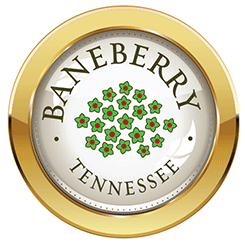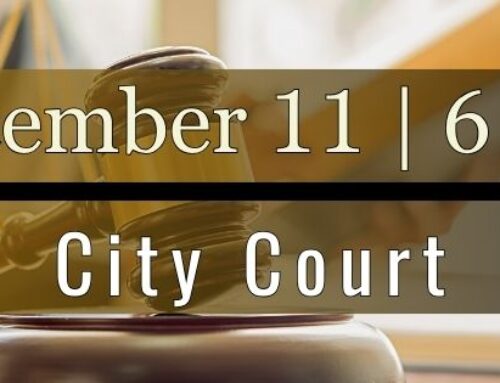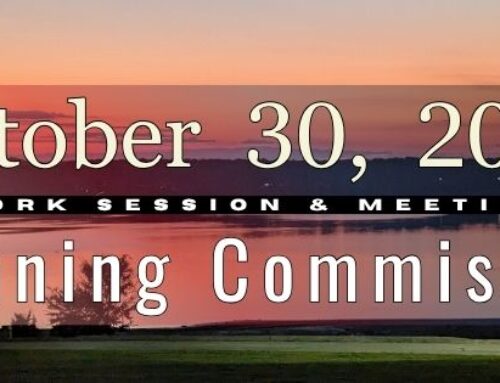Baneberry is a Tennessee Firewise Community
Firewise activities are actions completed before a wildfire occurs that improve the survivability of residents and their home. A homeowner’s wildfire action plan, and what they do to reduce fire threat, can be the difference between their home and property being destroyed during a wildfire.
Wildfire will threaten your house in three way.
- FLAMES: when vegetation and other fuels burning near the house produce flames that come in contact with the home and ignite it
- RADIANT HEAT: the transfer of heat energy through electromagnetic waves. Radiant heat can melt vinyl siding, break windows and allow burning embers to enter the house, and can ignite a house.
- FLYING EMBERS: embers can be lofted high into the air and transport more than a mile from a wildfire. More houses burn due to flying embers than any other reason.
What can homeowners do to reduce the wildfire threat?
- Determine the size of an effective defensible space
- Remove dead vegetation
- Create a separation between trees and shrubs
- Create a separation between tree branches and low-growing plants
- Create a Lean, Clean, and Green Area extending at least 30 feet from the house
- Maintain the Defensible Space Zone
Learn the four zones.
- ACCESS ZONE: this zone provides suggestions that help emergency responders locate your home in a timely manner.
- Home address should be readily visible from the street.
- Roads and long driveways should be at least 12 feet wide with a steepness grade of less than 12%.
- Driveway clearance or removal of flammable vegetation extending at least 10 feet from both sides of the driveway.
- Create turnouts in the driveway that will allow two-way traffic.
- Street signs should be posted at each intersection leading to your home.
- Homes located at the end of long driveways or dead-end roads should have turnaround areas suitable for large fire equipment.
- Ask your local fire chief about proper bridge and culvert design for your area, to ensure adequate access for firefighting equipment to reach your home.
- BUILT ZONE
- Keep the porch, deck, and other areas of the home free of easily combustible materials and flammable items, such as baskets, dried flower arrangements, newspapers, pine needles, and debris.
- The underside of the deck should be enclosed with fire-resistant materials.
- Firewood stacks should be located at least 30 feet from the home.
- Fire-resistant roofing materials include asphalt shingles, metal, and tile. Regardless of the type of roof you have, keep it free of fallen leaves, pine needles, and branches.
- Chimney and stovepipe openings should be screened with 1/2-inch or smaller wire mesh or an approved spark arrestor cap.
- Eaves of a home act as a heat trap for hot air and gases, greatly increasing the chance of ignition. Covering the underside of the eave with a soffit, or “boxing in” the eave, allows the heat to escape.
- Keep your rain gutters free of leaves, pine needles, and debris.
- All vent openings need to be covered with 1/8-inch or smaller wire mesh.
- Noncombustible siding materials, such as stucco, brick, and cement board, are better choices than more commonly used vinyl, wood, and shingles.
- In high fire hazard areas, install windows that are at least double-glazed or tempered glass. Windows with aluminum frames and sashes are better choices than those with wood or vinyl frames.
- INTERIOR ZONE
- Home address should be readily visible from the street.
- Roads and long driveways should be at least 12 feet wide with a steepness grade of less than 12%.
- Driveway clearance or removal of flammable vegetation extending at least 10 feet from both sides of the driveway.
- Create turnouts in the driveway that will allow two-way traffic.
- Street signs should be posted at each intersection leading to your home.
- Homes located at the end of long driveways or dead-end roads should have turnaround areas suitable for large fire equipment.
- Ask your local fire chief about proper bridge and culvert design for your area, to ensure adequate access for firefighting equipment to reach your home.
- DEFENSIBLE SPACE
- Create a Noncombustible Area at least 3 feet wide around the base of your home.
- 30 feet of Lean, Clean, and Green Area, meaning a small amount of vegetation, no dead vegetation (i.e., fallen leaves), and only healthy, hydrated plants.
- Wildland Fuel Reduction Area lies beyond the residential landscape area. Remove dead vegetation (such as pine needles or fallen branches), thin out shrubs to create separation between plants, and remove low tree branches and prune under trees.
View, download and print your Homeowner Safety Guide
Firewise Home,_Wildland Fire and Ember Awareness Flyer
For more Firewise information, go to www.BurnSafeTN.org.


![City Commission Meeting [AGENDA]: Dec 8](https://cityofbaneberry.com/wp-content/uploads/2025/11/Dec-8_Commission_Agenda-500x383.jpg)


![Public Hearing & Commission Meeting [AGENDAS]: Nov 3](https://cityofbaneberry.com/wp-content/uploads/2025/10/Public-Hearing_ov-3-500x383.jpg)

Leave A Comment